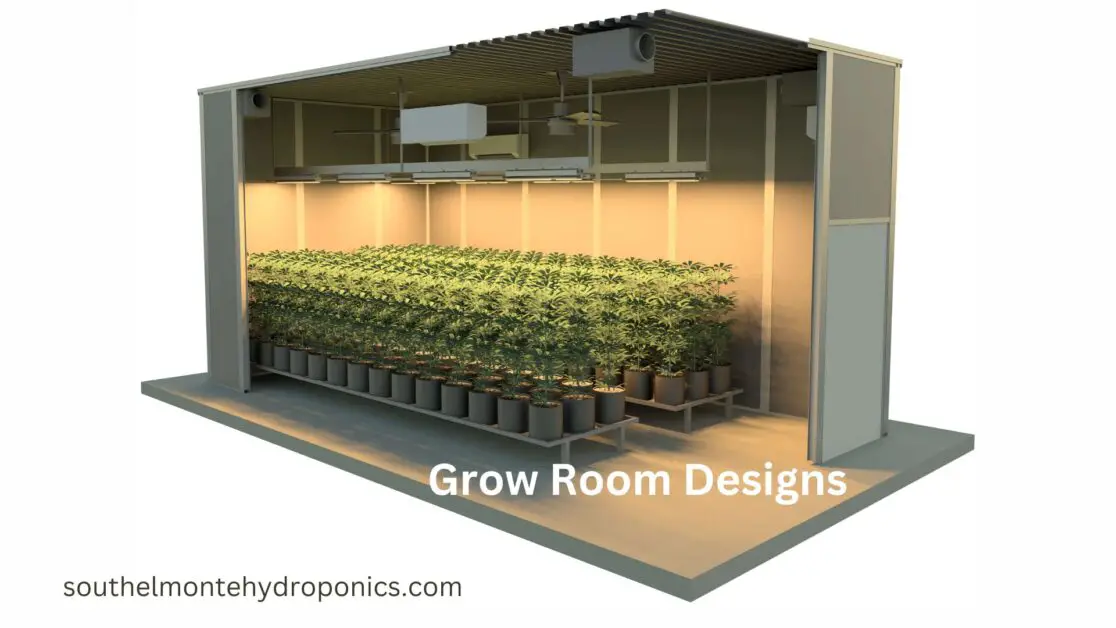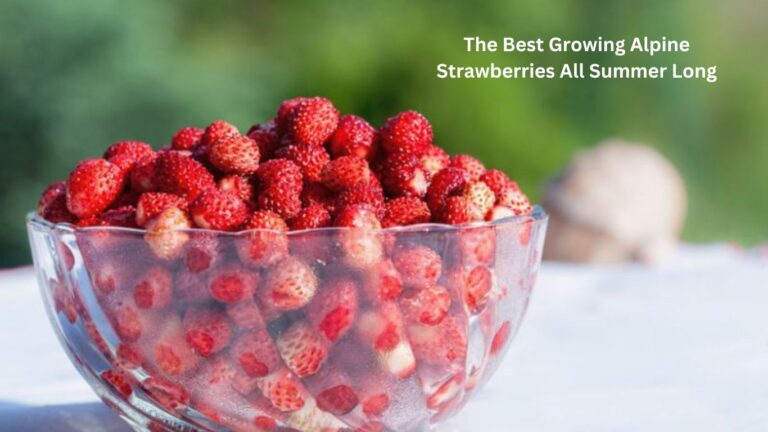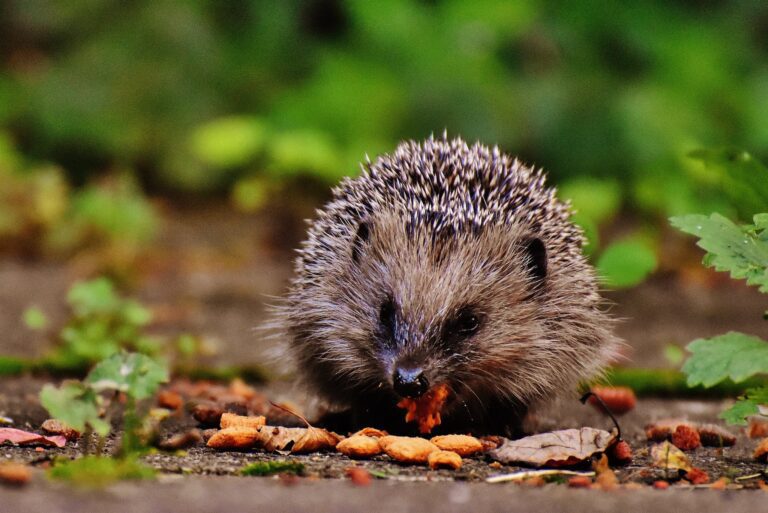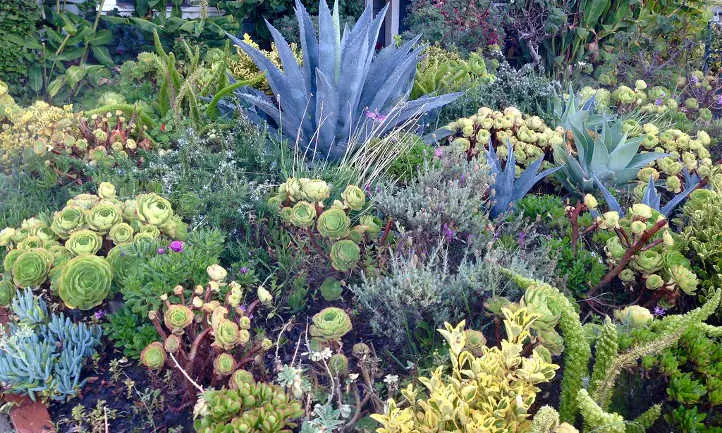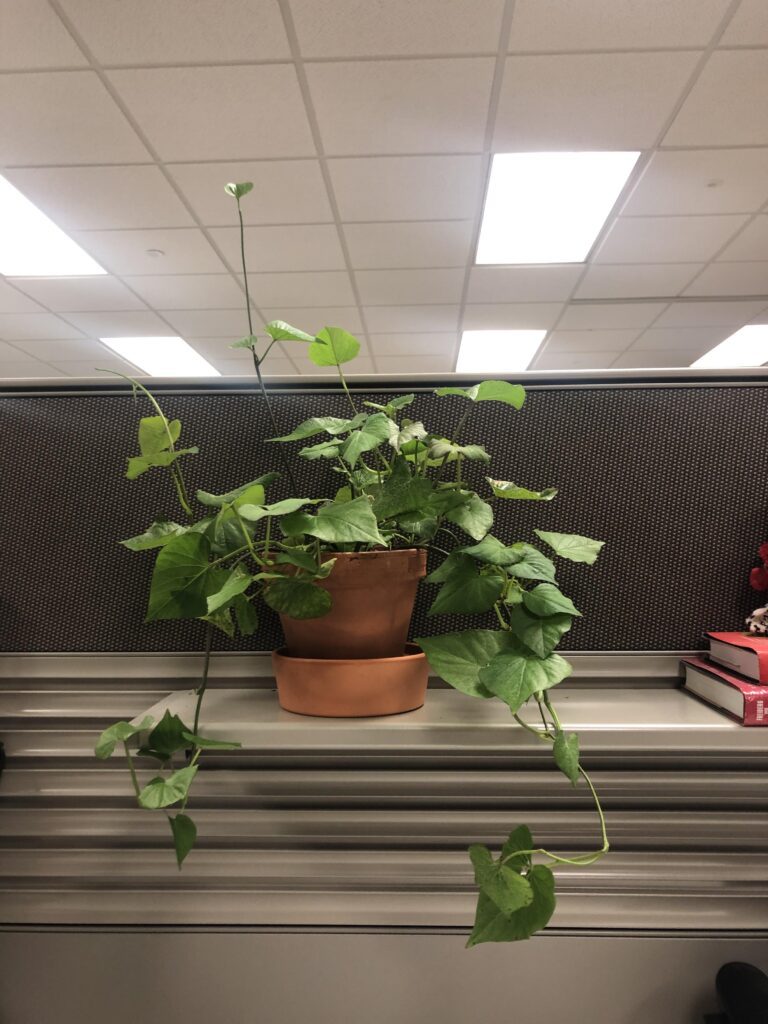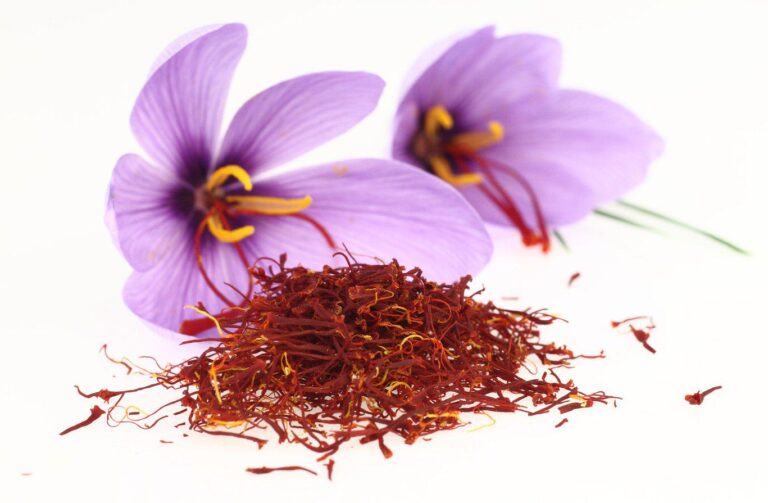The Best Grow Room Designs: How to Plan and Build Your no. 1 Grow Room
Table of Contents
Understanding the Purpose and Benefits of Best Grow Room Designs
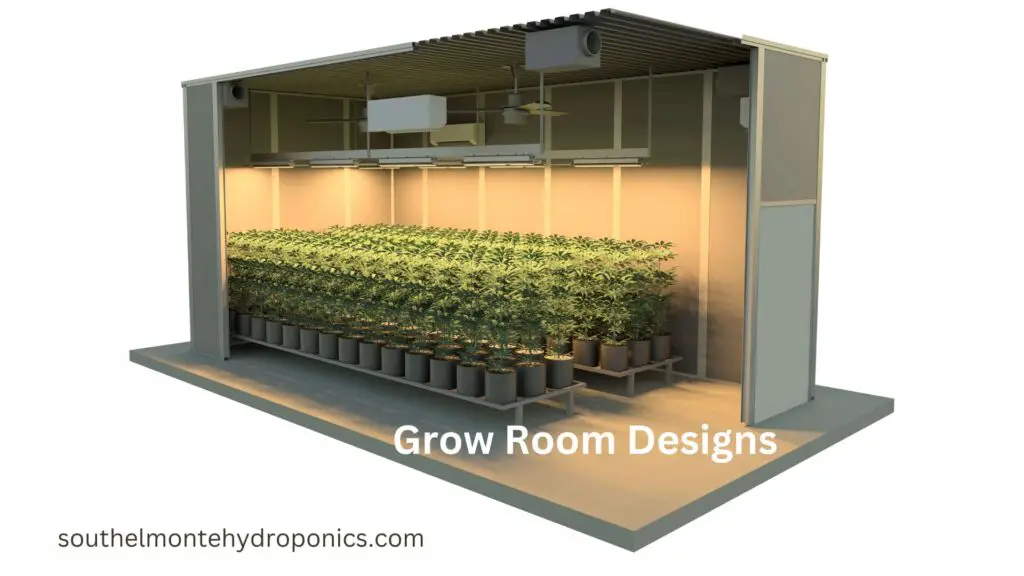
A grow room is a purpose-built space designed for cultivating plants in an indoor environment. It offers several benefits to gardening enthusiasts, whether they are professional growers or hobbyists. One of the primary purposes of a grow room is to provide growers with complete control over their plants’ growth conditions, allowing for year-round cultivation regardless of external weather conditions.
By creating an optimal environment within the grow room, gardeners can ensure that their plants receive the ideal level of light, temperature, humidity, and air circulation needed for healthy growth. This level of control enables growers to cultivate a wide variety of plants, including flowers, herbs, vegetables, and even exotic species that may not thrive in their natural habitat. Additionally, a grow room offers a level of privacy and security, ensuring that plants are shielded from pests, diseases, and unwanted attention. Whether used for small-scale home gardening or large-scale commercial production, a well-designed grow room can greatly enhance the success and productivity of a gardener’s efforts.
Assessing Available Space and Resources for Your Grow Room Designs
Assessing the available space and resources for your grow room is an essential step in successfully cultivating plants indoors. Before diving into the exciting world of indoor gardening, it is crucial to evaluate the area you have at your disposal and ensure you have the necessary resources to create a thriving environment for your plants.
First and foremost, consider the physical space you have available for your grow room. Whether it’s a spare room, a basement corner, or a dedicated closet, it is essential to choose a location that can accommodate the size and number of plants you intend to grow. Assess the dimensions of the space and ensure it allows for proper ventilation, easy access, and sufficient room for growth.
Aside from the physical space, it is equally important to evaluate the resources you have available or need to acquire for your grow room. This includes considering the type of lighting system you will use, the hydroponic system you wish to implement, and the appropriate growing medium for your plants. Additionally, take into account the availability of water sources and nutrients, as well as any equipment or tools required for the maintenance and management of your indoor garden.
By assessing both the available space and resources, you can ensure that your grow room setup is well-suited for your specific needs and goals. This initial evaluation will set the foundation for a successful indoor gardening venture, providing you with a clear understanding of the necessary steps and preparations required before moving forward.
Selecting the Right Location for Your Grow Room Designs
When it comes to setting up a grow room Designs, selecting the right location is crucial for the success of your plants. The ideal location should provide the necessary conditions for optimal plant growth, including ample space, access to natural light or the ability to install artificial lighting, and proper ventilation.
First and foremost, consider the available space in your home or facility. Ensure that your chosen location has enough room for not only your plants but also the equipment necessary for a successful grow operation. Take measurements and plan accordingly to make the most of the space you have. Additionally, consider factors such as accessibility, convenience, and the ability to control environmental conditions, as these will greatly impact your ability to maintain and monitor your grow room designs effectively.
Next, assess the lighting options for your chosen location. If natural light is accessible, such as a room with large windows or a greenhouse, take advantage of it. However, if artificial lighting is needed, make sure there are suitable electrical outlets and an adequate power supply to accommodate the lighting system you plan to use. Proper lighting is essential for plant photosynthesis and overall growth, so it is important to select a location that can meet your lighting requirements.
Lastly, ventilation is a key factor to consider. A well-ventilated grow room designs ensures proper air circulation, which is crucial for preventing the buildup of humidity and the growth of mold or mildew. Look for a location with windows or vents that can be opened and closed to regulate airflow, or consider installing an exhaust fan or ventilation system if needed. A good ventilation setup will help maintain optimal temperature and humidity levels, creating an environment that promotes healthy plant growth.
In conclusion, selecting the right location for your grow room designs involves considering factors such as available space, lighting options, and ventilation. It is important to assess your specific needs and choose a location that can provide the necessary conditions for successful plant cultivation. Taking the time to carefully select the right location will set you up for a thriving growth operation.
Ensuring Proper Ventilation and Air Circulation in Your Grow Room designs
Proper ventilation and air circulation are essential components of a successful grow room designs setup. By maintaining a well-ventilated environment, you can ensure that your plants receive a fresh supply of oxygen while also minimizing the buildup of excessive heat, humidity, and potentially harmful gases.
One effective way to achieve proper ventilation is through the use of exhaust and intake fans. Exhaust fans, positioned near the top of the grow room designs, help to expel warm air and remove any odors or pollutants. On the other hand, intake fans, placed near the floor or lower sections of the room, draw in fresh air from outside, ensuring a continuous supply of oxygen and promoting healthy plant growth.
It is important to properly calculate the size and power requirements of your ventilation system based on the dimensions of your grow room designs and the number of plants you intend to cultivate. This will help you determine the appropriate airflow rate and fan capacity needed to achieve the desired results. Additionally, consider using carbon filters in conjunction with your exhaust fans to effectively neutralize any unwanted odors and ensure a discreet and odor-free operation. Overall, proper ventilation and air circulation are vital elements in creating an optimal grow room environment, providing the necessary conditions for your plants to thrive and achieve their full potential.
Choosing the Ideal Lighting Setup for Your Grow Room designs
When it comes to setting up a grow room designs, choosing the ideal lighting setup is crucial for the successful cultivation of your plants. Proper lighting not only enables photosynthesis, but it also plays a significant role in the growth and development of your plants. There are several factors to consider when selecting the lighting setup for your grow room.
Firstly, it’s essential to understand the different types of lighting options available. The most commonly used lights for indoor gardening are fluorescent, high-intensity discharge (HID), and light-emitting diode (LED) lights. Each type has its pros and cons, so it’s important to weigh the benefits and drawbacks of each before making a decision. For instance, fluorescent lights are more cost-effective and energy-efficient, making them ideal for small-scale operations. On the other hand, HID lights provide intense and penetrating light, which is suitable for those looking to achieve high yields. LED lights, although more expensive, offer long-lasting durability and customizable spectrums that can be adjusted to match different growth stages of the plants.
In addition to the type of light, you should also consider the wattage and coverage area of the lighting setup. The wattage will determine the intensity of the light emitted, while the coverage area will determine how many plants the lighting setup can adequately support. It’s important to strike a balance between the two to avoid over or underexposing your plants. Furthermore, consider the heat output of the lights and how it will affect the temperature in your grow room designs , as excessive heat can negatively impact plant growth. By carefully considering these factors and conducting thorough research, you can select the ideal lighting setup that meets the specific needs of your plants and maximizes their growth potential in your grow room.
Exploring Different Hydroponic Systems for Your Grow Room designs
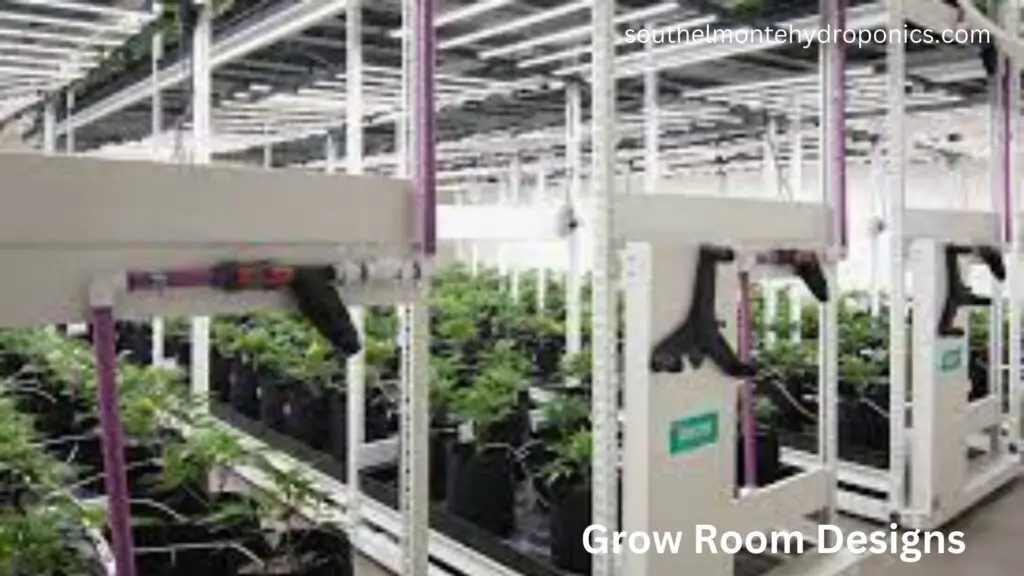
Hydroponic systems offer a unique and efficient way to cultivate plants in a controlled indoor environment. With these systems, growers can optimize plant growth by providing a precise balance of nutrients, water, and oxygen directly to the plant roots. There are various types of hydroponic systems available, each with its own set of advantages and considerations.
One popular hydroponic system is the nutrient film technique (NFT), which involves a thin film of nutrient-rich water flowing continuously over the roots of the plants. This system is known for its simplicity and affordability, making it a great choice for beginners. Another option is the deep water culture (DWC) system, where the plant roots are suspended in a nutrient solution with the help of an air stone to ensure adequate oxygen supply. The DWC system is efficient in delivering nutrients to the plants and can support larger plants with ease.
Alternatively, the ebb and flow system, also known as flood and drain, periodically floods the plant roots with nutrient-rich water and then drains it away. This cycle ensures that the plants receive both nutrients and oxygen, promoting healthy root development. This system is highly versatile and can be adapted to accommodate a variety of plant sizes and types.
Aeroponics is another advanced hydroponic system worth exploring. In this system, plants are suspended in air or a fine mist and are fed nutrients through periodic misting cycles. By providing a high concentration of oxygen to the roots, aeroponics can accelerate plant growth, leading to faster yields and increased nutrient uptake.
Choosing the right hydroponic system for your grow room designs depends on factors such as available space, budget, and the types of plants you intend to grow. Consider the specific needs of your plants, your level of experience, and the resources at your disposal. By carefully evaluating these factors, you can select a hydroponic system that will maximize your yield and efficiency while minimizing potential challenges.
Selecting the Appropriate Growing Medium for Your Plants
When it comes to creating the ideal environment for your plants to thrive in a grow room designs, selecting the appropriate growing medium is crucial. The growing medium serves as the foundation for your plants, providing them with essential nutrients, water retention, and aeration. There are several different options available, each with its own unique advantages and considerations.
One popular choice for growing mediums is soil. Soil offers a natural and nutrient-rich environment for plants to grow. It provides a stable structure for root development and acts as a reservoir for water and nutrients. However, it’s essential to choose the right type of soil for your specific plants, as different species have varying nutrient requirements. Additionally, soil can be prone to pests and diseases, so proper sterilization and maintenance are necessary.
Another option gaining popularity in hydroponic systems is inert growing mediums such as perlite, vermiculite, or coconut coir. These mediums do not contain any nutrients but provide excellent aeration and moisture retention. They serve as a support system for the plants’ roots while allowing for optimal oxygen flow. This type of growing medium offers precise control over nutrient delivery since all the necessary elements are supplied through the hydroponic nutrient solution. However, it’s crucial to ensure proper pH levels and nutrient balance when using inert mediums to avoid any nutrient deficiencies or imbalances.
Ultimately, the choice of growing medium depends on your specific plants, preferred cultivation method, and personal preferences. It’s important to consider factors such as nutrient availability, water retention, aeration, and pH requirements when making your selection. By choosing the appropriate growing medium, you can provide your plants with the foundation they need for healthy growth and abundant yields. So, take the time to research and experiment, ensuring you find the most suitable option for your plants and grow room designs setup.
Providing Adequate Nutrients and Fertilizers for Optimal Plant Growth
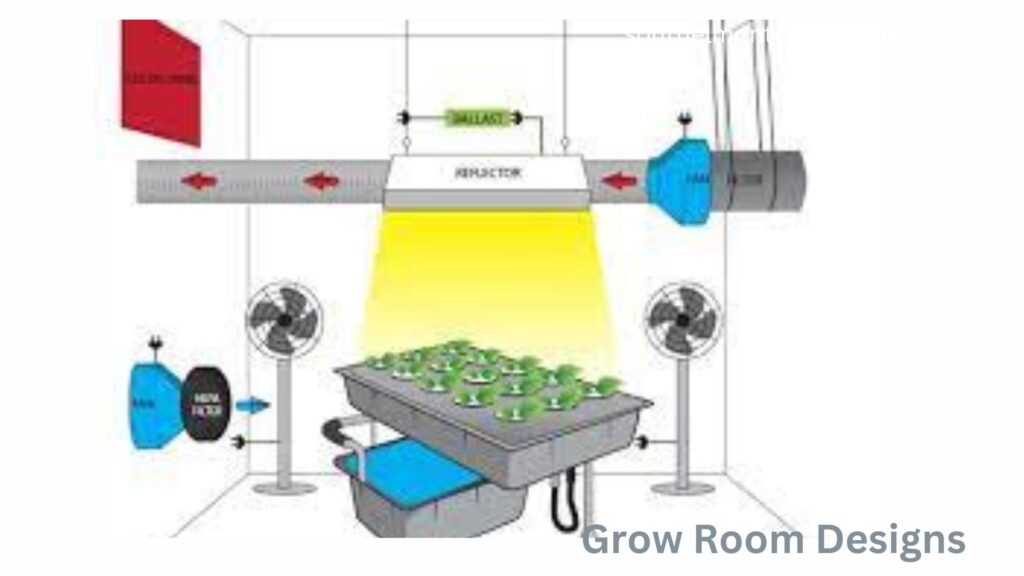
To ensure optimal plant growth in your grow room designs, providing adequate nutrients and fertilizers is crucial. Plants require specific nutrients to thrive and reach their full potential. While some nutrients may be naturally present in your growing medium, others may need to be supplemented through the use of fertilizers.
When selecting fertilizers for your grow room designs, it’s important to consider the specific needs of your plants. Different plants have different nutrient requirements, so it’s essential to choose fertilizers that contain the necessary elements in the right proportions. You can consult resources such as tables or charts that outline the ideal nutrient ratios for various plant varieties.
To provide a balanced nutrient profile, it’s important to understand the primary macronutrients and secondary micronutrients that plants require. Macronutrients include nitrogen (N), phosphorus (P), and potassium (K), while micronutrients include elements such as iron (Fe), manganese (Mn), and zinc (Zn). By considering the specific nutrient requirements of your plants and selecting fertilizers accordingly, you can promote optimal growth and development.
In addition to selecting the right fertilizers, it’s important to follow recommended application rates and schedules. Over-fertilization can be detrimental to plants, leading to nutrient imbalances and potential damage. Conversely, under-fertilization can result in nutrient deficiencies and stunted growth. It’s crucial to strike a balance and provide nutrients in the appropriate amounts and at the right times to support healthy plant growth.
Furthermore, it’s worth noting that organic fertilizers can be an excellent option for growers who prefer more natural and sustainable practices. These fertilizers are derived from organic sources, such as compost or animal byproducts, and provide a slow release of nutrients over time. However, it’s important to research and select organic fertilizers that meet the specific nutrient requirements of your plants.
In conclusion, providing adequate nutrients and fertilizers is an essential aspect of promoting optimal plant growth in your grow room designs. By understanding your plants’ nutrient requirements, selecting the right fertilizers, and applying them appropriately, you can support healthy and vigorous growth. Remember to consult reliable resources, such as nutrient ratio charts, and consider organic options if desired. Taking the time to provide the necessary nutrients will ultimately result in thriving plants and a successful grow operation.
Managing Temperature and Humidity Levels in Your Grow Room designs
Maintaining optimal temperature and humidity levels is crucial for the successful cultivation of plants in a grow room designs. Temperature and humidity play a significant role in many plant processes such as photosynthesis, transpiration, and nutrient uptake. Failure to maintain the ideal environment can lead to stunted growth, decreased yields, and increased susceptibility to pests and diseases.
To manage temperature effectively, it is important to invest in a reliable cooling system, especially during hot summer months. Air conditioning units or fans can help regulate the temperature, keeping it within the recommended range for your specific crop. Additionally, utilizing reflective materials on walls and installing insulation can help maintain a consistent temperature and prevent heat fluctuations. It is essential to monitor temperature closely using thermometers or digital sensors, making adjustments as needed to ensure the optimal range for your plants.
In terms of humidity, controlling moisture levels is essential to prevent issues such as mold growth and rot. The ideal humidity level varies depending on the stage of plant growth, but generally, a humidity range between 40% and 60% is recommended. To achieve this, employing dehumidifiers or humidifiers can help maintain the desired humidity level. Adequate ventilation is also crucial to avoid stagnant air and excessive humidity buildup. A combination of exhaust fans and intake vents can create a continuous airflow, preventing excess moisture from accumulating in the grow room designs. Monitoring humidity levels regularly using hygrometers or similar devices allows for timely adjustments, ensuring a balanced and optimal environment for plant growth.
Implementing a Comprehensive Pest and Disease Control Strategy
A comprehensive pest and disease control strategy is crucial for maintaining a healthy and thriving grow room designs. By implementing effective measures, you can prevent and manage issues that can negatively impact your plants. One key aspect of a successful strategy is vigilance. Regularly inspect your plants for signs of pests or diseases, such as yellowing leaves, wilting, or unusual spots. Early detection allows for prompt action, reducing the risk of infestation or disease spread.
Prevention is always better than cure, and it starts with maintaining a clean and clutter-free environment. Keep your grow room designs tidy, removing any dead leaves or plant debris that can attract pests or harbor diseases. Additionally, ensure proper sanitation by disinfecting tools, equipment, and surfaces regularly. This helps eliminate any potential vectors that can introduce pests or pathogens into your grow room. Another preventive measure is implementing strict quarantine protocols for new plants or materials entering your grow room. This minimizes the risk of introducing pests or diseases, protecting your existing plants.
Establishing an Effective Plant Watering and Irrigation System
Establishing an effective plant watering and irrigation system is crucial for the growth and success of your plants in a grow room designs. Proper watering ensures that your plants receive the right amount of moisture and nutrients to thrive. To achieve this, it is essential to understand the specific needs of your plants and the factors that influence their watering requirements.
One important consideration when setting up your watering system is the type of plants you are cultivating. Different plants have different water requirements, and it is essential to match their needs with the appropriate watering method. For example, some plants prefer a drier environment, while others thrive in moist conditions. Understanding these preferences will help you determine the frequency and duration of watering sessions.
In addition to plant-specific needs, environmental factors also play a significant role in establishing an effective watering and irrigation system. Factors such as temperature, humidity, and airflow can influence the water uptake and overall health of your plants. Balancing these factors in your grow room designs will help create an optimal environment for your plants to absorb water efficiently.
Now that we understand the importance of matching watering methods to plant needs and considering environmental factors, let’s explore different watering and irrigation techniques commonly used in grow room designs settings.
Monitoring and Maintaining Plant Health and Growth in Your Grow Room designs
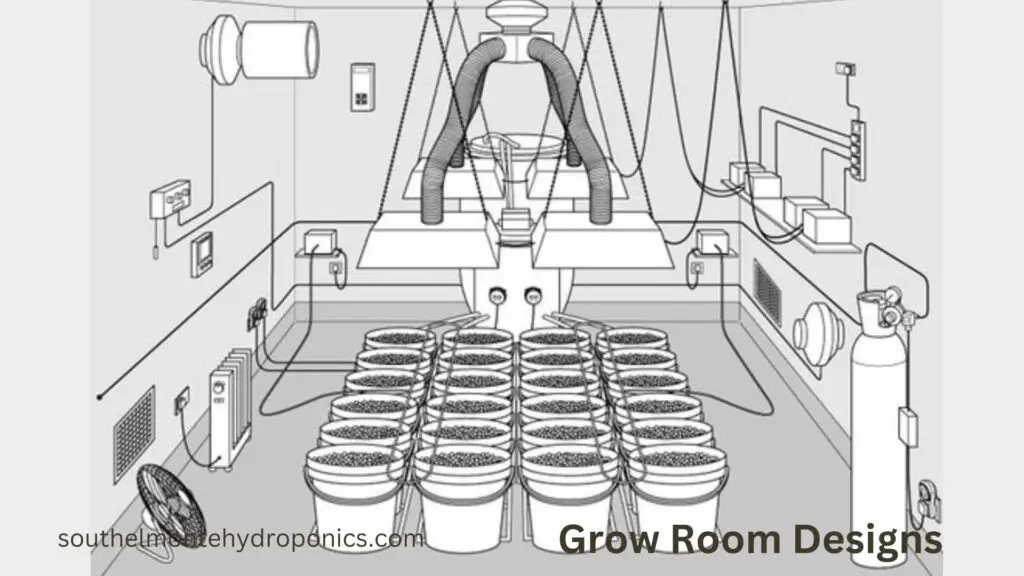
Ensuring the health and growth of plants in your grow room designs is vital to achieve optimal results. Regular monitoring and maintenance are key to identifying and addressing any issues that may arise. Here are some essential steps to help you effectively monitor and maintain plant health in your grow room.
First and foremost, it is crucial to regularly inspect your plants for any signs of nutrient deficiencies, pests, or diseases. Look out for yellowing leaves, wilting, discoloration, or any unusual growth patterns. Conducting these visual checks allows you to take immediate action if any problems are detected.
In addition to visual inspections, maintaining proper environmental conditions is paramount. Monitor temperature and humidity levels regularly to ensure they remain within the recommended ranges for your specific plants. Fluctuations in these factors can stress your plants and make them more susceptible to diseases. Investing in temperature and humidity monitoring equipment can provide accurate and real-time data, allowing you to take timely corrective measures if needed.
Remember, an ounce of prevention is worth a pound of cure. By being proactive in monitoring and maintaining plant health in your grow room designs, you can prevent many potential issues from arising. Stay vigilant and adopt good plant care practices to promote healthy growth and thriving plants.
Here’s a table detailing key aspects of grow room designs:
| Aspect | Description |
|---|---|
| Room Size and Layout | Size: Assess available space for the grow room. Consider the layout to optimize space utilization, plant placement, and workflow. |
| Lighting System | Type: Choose appropriate grow lights such as LED, HPS, or CMH based on plant requirements and energy efficiency. |
| Placement: Position lights to ensure uniform coverage and adjust height as plants grow. Consider reflectors for light distribution. | |
| Ventilation and Airflow | Ventilation System: Install exhaust fans, intake fans, and possibly a carbon filter for odor control. |
| Airflow: Ensure proper air circulation to prevent hotspots, mold, and encourage even CO2 distribution. | |
| Temperature and Humidity | Climate Control: Use heaters, air conditioners, or dehumidifiers to maintain optimal temperature and humidity levels. |
| Growing Medium and System | Medium: Choose between soil, coco coir, hydroponics, or aeroponics based on your preference and the plant’s needs. |
| System: Select a suitable system such as DWC, NFT, or drip systems for hydroponic setups. | |
| Nutrient Delivery | Nutrient Solution: Develop a feeding schedule using appropriate hydroponic or soil nutrients. |
| pH and EC Management: Monitor and adjust pH and electrical conductivity (EC) levels as needed. | |
| CO2 Enrichment | CO2 System: Consider adding a CO2 enrichment system to enhance plant growth, especially in sealed environments. |
| Security and Privacy | Security Measures: Implement security measures to protect your grow room and maintain privacy. |
| Reflective Surfaces | Reflective Materials: Use reflective materials like Mylar or white paint on walls to maximize light utilization. |
| Automation and Controls | Automation: Incorporate timers, controllers, and sensors to automate lighting, irrigation, and climate control. |
| Watering System | Watering Setup: Choose between hand-watering, drip irrigation, or automated hydroponic systems for efficient watering. |
| Supplementary Equipment | Supplementary Tools: Include pH meters, EC meters, thermometers, and other tools for monitoring and adjusting growing conditions. |
| Work Area and Storage | Workbench: Create a designated area for tools and workspace. Plan for storage solutions for nutrients, pots, and equipment. |
Tailoring your grow room design to specific needs and constraints is crucial for successful cultivation. Adapt the design based on plant type, available resources, and personal preferences.
Troubleshooting Common Issues and Challenges in Your Grow Room Designs
Troubleshooting Common Issues and Challenges in Your Grow Room Designs
Maintaining a successful grow room designs requires constant vigilance and attention to detail. Even the most experienced gardeners can encounter challenges along the way. In this section, we will explore some common issues and provide tips on how to troubleshoot them effectively.
One common challenge faced by gardeners is nutrient deficiency in plants. This can manifest in various ways, such as yellowing leaves or stunted growth. It is important to identify the specific nutrient lacking and provide the appropriate remedy. Conducting a soil test can help determine the nutrient deficiencies present in your grow room designs. Once identified, you can adjust your nutrient solution accordingly or provide targeted supplements to promote healthy plant growth. Additionally, it is crucial to monitor pH levels, as imbalances can also impact nutrient absorption. Regular testing and adjusting of pH will help ensure optimal nutrient uptake by your plants.
Another issue that often arises is pest infestation. Insects and other pests can wreak havoc on your plants if left unchecked. Integrated Pest Management (IPM) techniques can be employed to reduce pesticide usage and minimize harm to beneficial insects. These techniques include inspecting plants regularly for signs of pests, introducing beneficial insects as natural predators, using physical barriers such as nets or sticky traps, and employing organic insecticides as a last resort. By implementing a comprehensive pest control strategy and staying proactive in your approach, you can keep your grow room designs relatively pest-free and promote healthy plant growth.
Remember, troubleshooting common issues and challenges in your grow room designs requires close attention, knowledge, and continuous learning. By keeping a watchful eye on your plants, quickly identifying any issues that arise, and applying appropriate remedies, you can maintain a thriving and productive grow room. Stay tuned for more tips and guidance on optimizing your indoor gardening space.
What should I do if my plants are not growing as expected in my grow room designs?
If your plants are not growing as expected, you should first check their nutrient levels and adjust accordingly. Additionally, ensure that the lighting setup is appropriate for the specific plants you are growing. Temperature and humidity levels should also be monitored and adjusted if necessary.
How often should I water my plants in a grow room designs?
The frequency of watering your plants in a grow room will depend on various factors such as the type of plants, growing medium, and environmental conditions. It is important to regularly monitor the moisture levels of the growing medium and water your plants when it starts to dry out, but avoid overwatering as it can lead to root rot.
What is the best way to control pests and diseases in a grow room designs?
To effectively control pests and diseases in a grow room, it is recommended to implement a comprehensive strategy that includes regular monitoring, proper sanitation practices, and the use of organic or chemical-based pest control products. Integrated Pest Management (IPM) techniques such as introducing beneficial insects can also be employed.
How can I maintain proper temperature and humidity levels in my grow room designs?
Maintaining proper temperature and humidity levels in a grow room can be achieved by using temperature and humidity controllers or monitors, proper ventilation and air circulation systems, and the use of cooling or heating equipment such as fans, air conditioners, or heaters. It is important to regularly monitor and adjust these factors to ensure optimal plant growth.
What are the signs of nutrient deficiencies in plants grown in a grow room?
Signs of nutrient deficiencies in plants grown in a grow room can include yellowing or browning of leaves, stunted growth, leaf curling, and poor fruit or flower development. It is important to regularly check and maintain proper nutrient levels to avoid such deficiencies.
How can I troubleshoot common issues with my hydroponic system in the grow room?
Common issues with hydroponic systems in a grow room can include clogged or malfunctioning pumps, pH imbalances, and nutrient deficiencies. Troubleshooting these issues involves checking and cleaning the system regularly, adjusting pH levels, and ensuring proper nutrient dosing.

